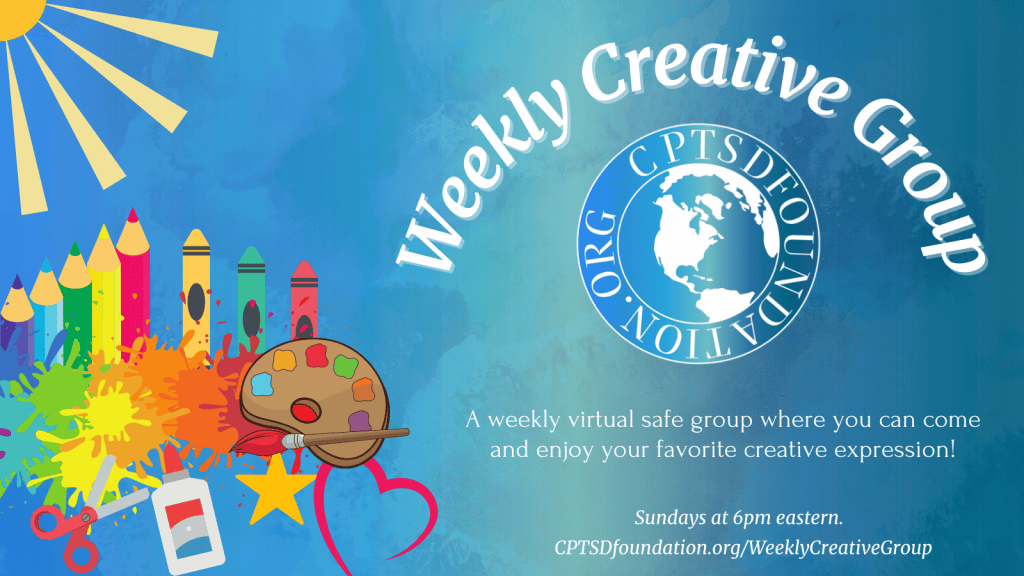As trauma survivors, many of us have become experts at just getting through the workday. We’ve learned to push through triggers, manage anxiety, and keep our heads above water. But what if we could do more than just survive? What if we could actually thrive in our careers? The key lies in mastering our window of tolerance.
Understanding the Shift from Surviving to Thriving
Surviving at work often means we’re constantly teetering on the edge of our window of tolerance. We might be hypervigilant, always bracing for the next challenge, or we might be disconnected, going through the motions without really engaging. Thriving, on the other hand, means we’re comfortably within our window of tolerance most of the time. We’re present, engaged, and able to access our full potential.
Signs You’re Moving from Surviving to Thriving:
- Increased Emotional Regulation: You’re able to stay calm and focused, even in stressful situations.
- Improved Problem-Solving: You can think creatively and find solutions more easily.
- Better Relationships: You’re able to connect more authentically with colleagues.
- Increased Confidence: You trust in your abilities and are willing to take on new challenges.
- Greater Job Satisfaction: Work feels meaningful and rewarding, not just a source of stress.
Strategies for Mastering Your Window of Tolerance
- Practice Daily Regulation. Start and end each workday with a brief regulation practice. This could be a few minutes of deep breathing, a short meditation, or a quick body scan. This helps set a regulated tone for the day and allows you to decompress afterward.
- Create a ‘Regulation Toolkit’. Assemble a collection of tools and techniques that help you stay within your window of tolerance. This might include grounding objects, calming playlists, or quick exercises you can do at your desk. Keep these easily accessible throughout your workday.
- Implement Regular Check-Ins. Set reminders to check in with yourself throughout the day. How are you feeling? Are you within your window of tolerance? If not, what do you need to regulate?
- Cultivate Mindfulness. Practice being present in your work tasks. When you notice your mind wandering to worries or past experiences, gently bring your focus back to the present moment.
- Reframe Challenges. Instead of seeing difficult tasks or interactions as threats, try to view them as opportunities for growth. This cognitive reframing can help keep you within your window of tolerance.
- Celebrate Progress. Acknowledge every step forward, no matter how small. Recognizing your progress reinforces your growth and builds confidence.
- Seek Support. Don’t hesitate to seek support when needed. This could be from a trusted colleague, a mentor, or a mental health professional.
Moving from surviving to thriving is a journey. There will be ups and downs, and that’s okay. What matters is the overall trajectory. As we master our window of tolerance, we open up new possibilities in our careers. We become more resilient, creative, and capable of seizing opportunities.
By focusing on expanding and managing our window of tolerance, we’re not just improving our work performance — we’re fundamentally changing our relationship with our professional lives. We’re proving to ourselves that we’re not defined by our past experiences but by our capacity for growth and resilience.
Thriving in our careers doesn’t mean we never face challenges or have bad days. It means we have the tools and resilience to navigate these challenges effectively, and the ability to find joy and fulfillment in our work more often than not.
Your Journey from Surviving to Thriving Starts Now
You’ve taken the first step by learning about your window of tolerance and how it impacts your professional life. Now, it’s time to put this knowledge into action. Here’s how you can start your journey from surviving to thriving:
- Create Your Regulation Toolkit: Over the next week, identify and gather at least three tools or techniques that help you stay within your window of tolerance. This could be a stress ball, a calming playlist, or a quick breathing exercise. Keep these easily accessible in your workspace.
- Implement Daily Check-Ins: Set three alarms on your phone for morning, midday, and afternoon. When they go off, take a moment to check in with yourself. Are you within your window of tolerance? If not, use a tool from your regulation toolkit.
- Start a ‘Thriving at Work’ Journal: For the next 30 days, spend 5 minutes each evening reflecting on your workday. Note one instance where you felt you were thriving and one area where you’d like to improve. This practice will help you recognize your progress and identify areas for growth.
- Join Our Support Community: Connect with others on similar journeys by joining our private GroupApp community “The Resilient Career Academy™ Community.” Share your experiences, ask for advice, and celebrate your wins with people who understand.
- Schedule a Strategy Session: Book a free 15-minute call with one of our career coaches who specialize in working with trauma survivors. They can help you create a personalized plan for expanding your window of tolerance at work.
The path from surviving to thriving is unique for everyone. Be patient with yourself and celebrate every step forward, no matter how small it might seem.
Are you ready to transform your professional life? Choose one (or all!) of these actions and take your first step towards thriving at work today.
Share your commitment or ask any questions in the comments below. Your journey inspires us all!
Questions for Self-Reflection and Journaling:
- Reflect on a recent workday where you felt you were thriving, not just surviving. What factors contributed to this positive experience, and how can you cultivate more of these conditions?
- Consider the unique strengths you’ve developed through your healing journey. How have these strengths already helped you in your career, and how might they support your continued growth?
- Imagine your ideal work-life one year from now, where you’re consistently thriving within your expanded window of tolerance. What does this look like? How does it feel? What small step could you take tomorrow to begin moving towards this vision?
An Invitation
If you’d like to join an online community of other resilient overcomers focusing on their careers, I invite you to join The Resilient Career Academy™ Community. (RCA Community)
The RCA Community is a group dedicated to helping/supporting those working to overcome adversity and achieve their full potential in their careers.
The benefits to you are:
- Community — The community provides support, encouragement, the ability to share frustrations and get feedback from people who understand the struggle
- Workplace/Career Resources — The group provides tools, resources, and templates to help you with your career journey
- Available Coaching Support — The community is supported by trained and certified coaches who are available for individual sessions
- Learning — You will have access to various trauma/workplace-related online courses developed by our coaches to help you in your journey
- Workshops/Webinars — You will have access to practical workshops/webinars targeted to help you in the workplace grow your career
If you are interested in joining us, click here: https://resilientcareeracademy.myflodesk.com/community
As always, you do not have to walk this journey alone. Contact me to schedule your free discovery call.
Trigger Tracker Template — This is a resource to help you become aware of your triggers in the workplace and plan the coping strategies you will use to get through the experience.
Get on the waiting list for The Resilient Career Academy™. You won’t want to miss it.
If you want to stay informed on the programs, tools, and training I offer, sign up for my mailing list.
You can also visit my website for more information on courses and other freebies I offer at: https://www.cyndibennettconsulting.com.
Photo by Razvan Chisu on Unsplash

Believer. Leader. Learner. Advocate. Writer. Speaker. Coach. Mentor. Triathlete. Encourager. Survivor.
Most of all, I am a fellow traveler on the rocky road called, Trauma Recovery. My mission is to minimize the effects of trauma for survivors in the workplace.




